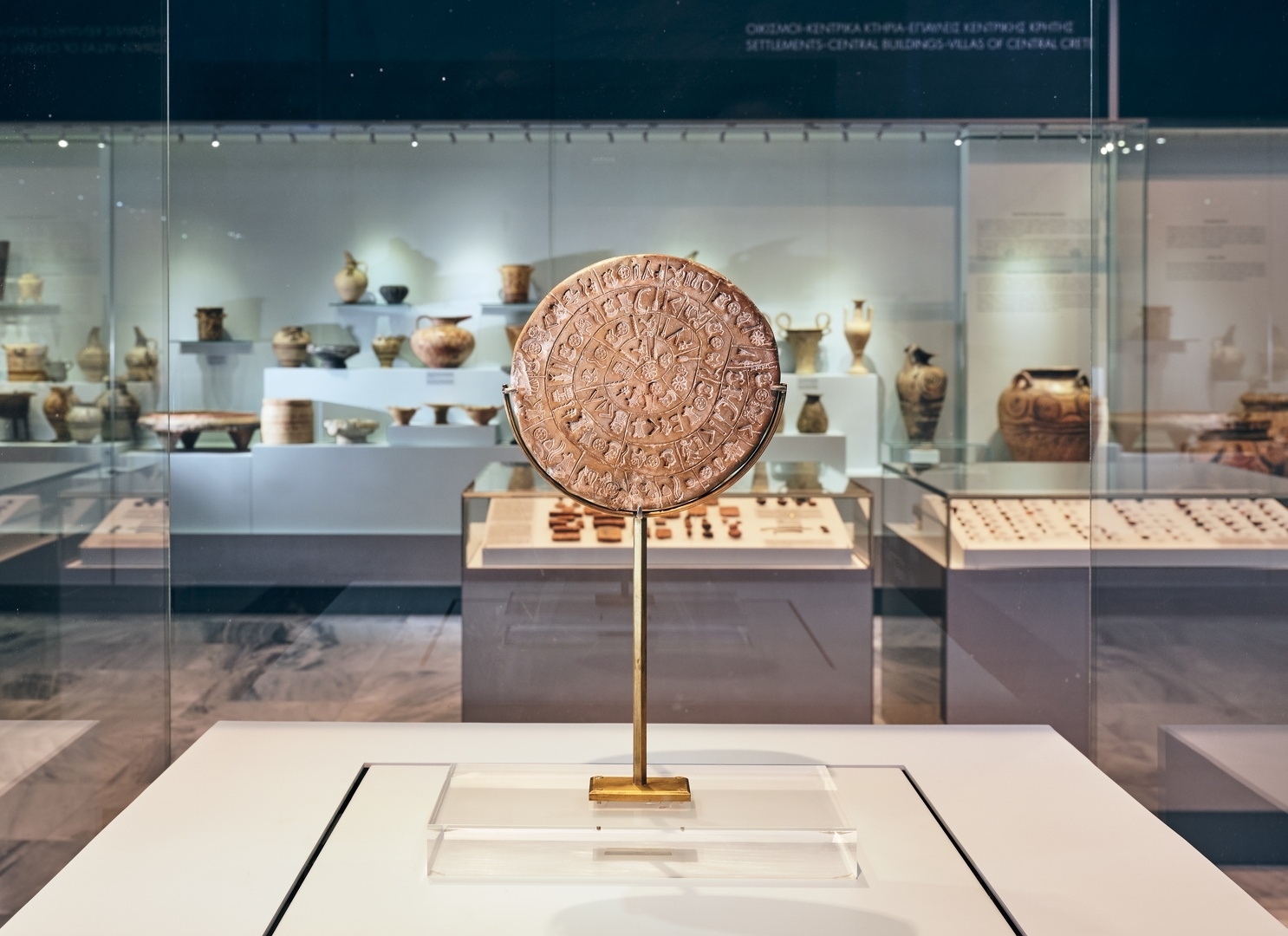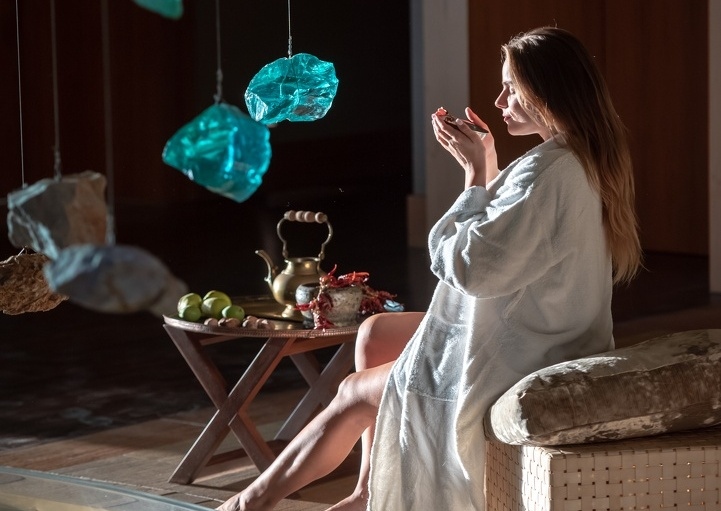
The snakelocks anemone, Anemonia viridis, may resemble a sea flower, but it's actually an invertebrate animal. It belongs to the phylum of cnidarians, just like jellyfish and corals. This is why its tentacles are equipped with cnidocytes, similar to those found in jellyfish, capable of causing skin irritation upon contact. Unlike jellyfish, however, the life cycle of anemones doesn't include a free-floating pelagic stage. They reproduce either vegetatively by partition or sexually, releasing eggs and sperm into the water. Fertilised eggs then develop into young anemones.
The tissues of the snakelocks anemone contain symbiotic microalgae known as zooxanthellae, which engage in photosynthesis. This symbiotic relationship allows the anemone to thrive by adhering to rocks in shallow, sheltered waters exposed to light. Typically, its tentacles exhibit a deep green hue with purple tips. While the green colour is often attributed to the presence of zooxanthellae within the tentacles, it is actually a result of the presence of a green fluorescent protein found in corals, sea anemones, and some other cnidarians.
Photos: by Theano Dandari
You can observe the green sea anemone in the tanks at the Aquarium of Crete.

CRETΑquarium
































